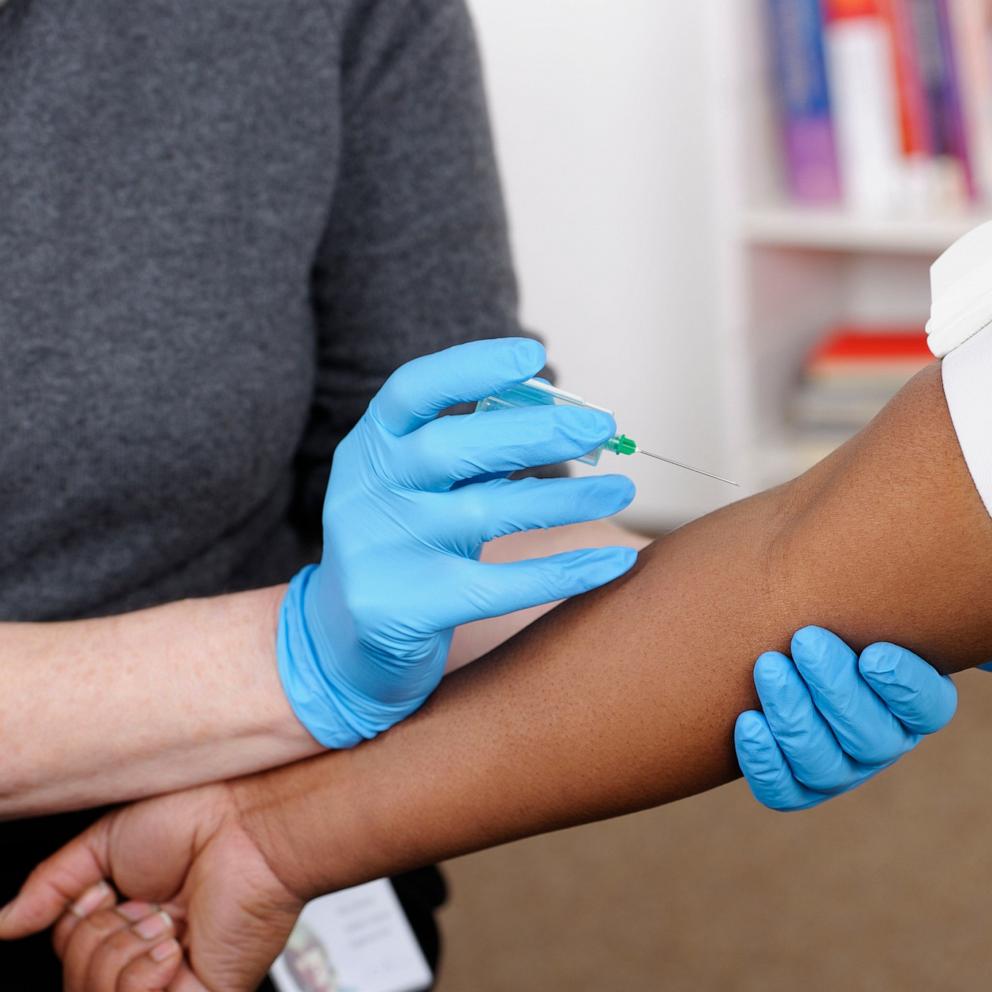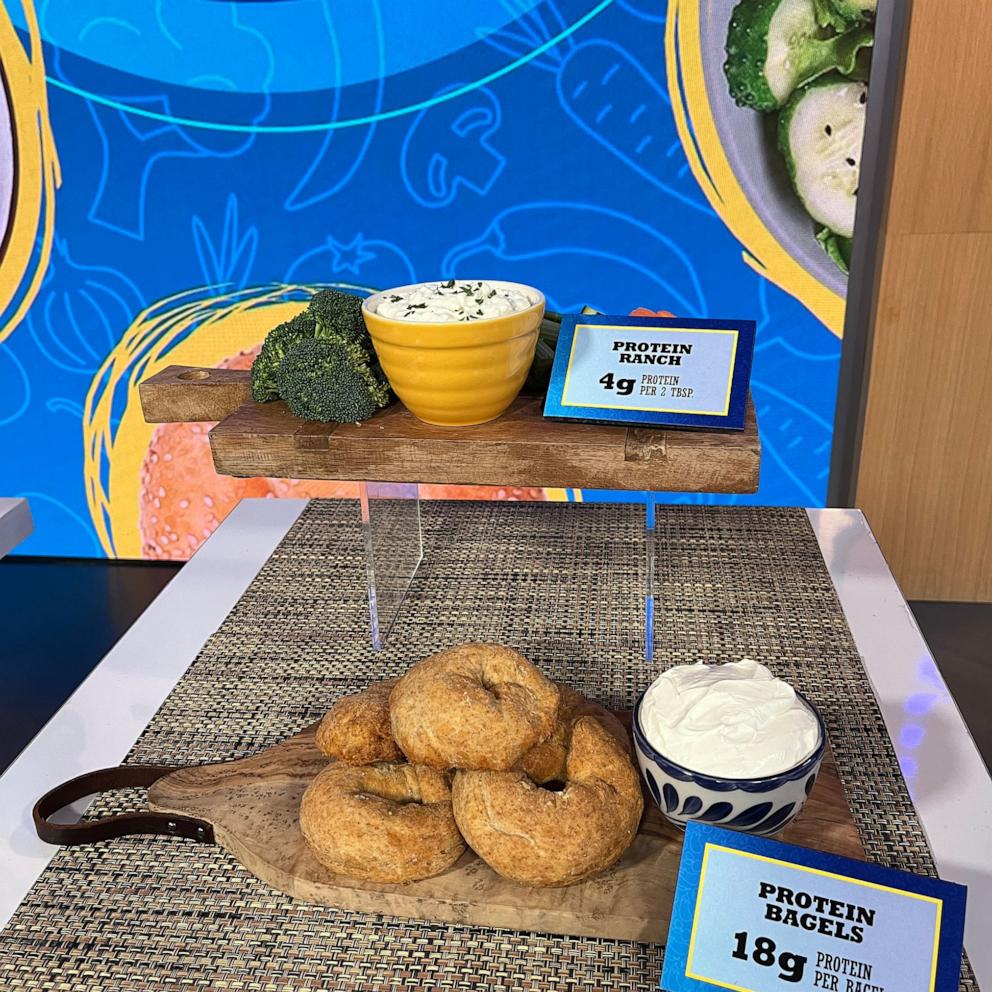Prescriptions for ADHD drugs jumped for young adults, women during pandemic
Prescriptions for medications to treat attention-deficit/hyperactivity disorder, or ADHD, surged during the coronavirus pandemic, leading to a shortage of medications that continues to this day, new research shows.
Prescriptions for ADHD medications jumped by more than 14% in a two-year period after the start of the pandemic in March 2020, according to a study published Wednesday in JAMA Psychiatry.
There were nearly 6 million new prescriptions for stimulants in the first two years of the pandemic, around 700,000 more than in the two years prior, according to the study, which was led by researchers at the U.S. Food and Drug Administration.
The surge in prescriptions was fueled most notably by an increase in ADHD prescriptions among young adults and women, data shows.
ADHD, a neurodevelopmental disorder, is typically diagnosed in childhood and lasts into adulthood, according to the Centers for Disease Control and Prevention. Symptoms of the disorder include difficulty paying attention, impulsive behavior, daydreaming, talking and fidgeting often, difficulty getting along with others and commonly forgetting or losing things.
The CDC estimates that around 6 million children between the ages of 3 and 17 -- approximately 10% -- have been diagnosed with ADHD, and these numbers may have increased since 2019.
The condition cannot be cured but can be successfully managed through treatment such as medication or therapy.

Amid the increase in prescriptions for ADHD medications, the FDA in 2022 declared a nationwide shortage of the immediate release formulation of amphetamine mixed salts, commonly referred to by the brand name Adderall.
Adderall is a stimulant medication that can treat ADHD. It requires a prescription, and as a controlled substance, supply is strictly monitored and distribution is limited.
In a statement issued Thursday, an FDA spokesperson told ABC News that while some manufacturers of ADHD medications continue to have "supply issues," there are "nine manufacturers with availability" currently, and "there will be additional supply returning in the coming months."
"In regard to Adderall, the current shortage was first posted on Oct. 12, 2022, and started with a delay from a manufacturer, which has since resolved, and is now demand-driven," the spokesperson said. "Manufacturers are working to meet the demand, and the FDA is helping with anything we can do to increase supply. Supply is increasing and the FDA is continuing to offer assistance."
The FDA advises consumers to work with their health care providers to determine their best treatment options.
Adderall production is limited by the Drug Enforcement Agency because it is a controlled substance.
However, only about 70% of the allotted quota was sold in 2022, according to a joint statement previously released by the DEA and FDA. This equates to 1 billion doses that could have been produced but were not made or shipped.
The two agencies have previously called on manufacturers to increase production to meet the allocated quota amount.
Teva, the largest manufacturer of generic and brand name Adderall in the U.S, told ABC News last March that while the company was not experiencing manufacturing issues or shortages at that time, it was "still seeing unprecedented demand, which may cause intermittent delays for some pharmacies or patients."







